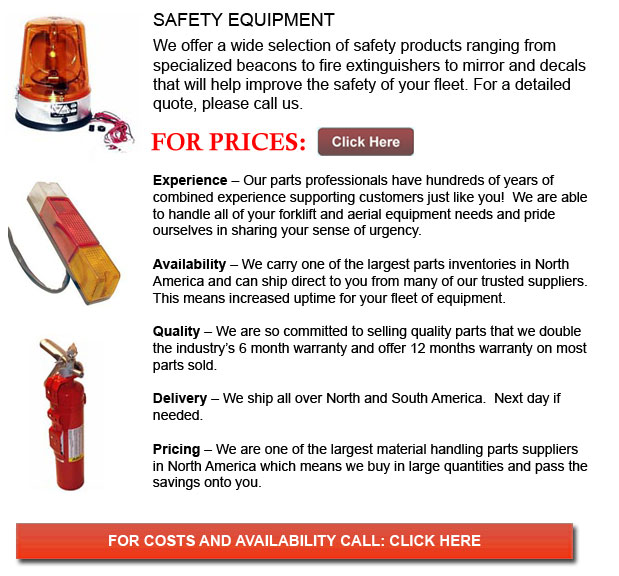
In a variety of manufacturing, warehouse and agricultural industries and operations which utilized powered lift truck or forklifts regularly within the place of work. These industrial powered lift trucks could be utilized so as to lower and raise stuff in addition to transport things that are either stored in containers or pallets to other areas on the property or ship merchandise to different locations. These industrial machinery help so as to improve productivity at the job location by reducing the need for excessive manual handling of stuff by staff. According to the National Institute for Occupational Safety and Health, there are more or less twenty thousand serious injuries each year in America and around 100 fatalities because of the result of forklift incidents.
There are various kinds of lift trucks that have several load capacities. These models differ for specific maximum weight and forward center of gravity where a load is concerned. Worker injuries typically occur as a result from forklift overturn, crushing incidents, collision with pedestrians or falls from the forklift. Operator falls can occur as the worker descends or ascends into the driver cab or becomes ejected from the machinery in the event of a collision or an accident. Lift trucks could overturn because of being overloaded, or having an unequal center or gravity of the load or traveling over an uneven surface which can cause the vehicle to topple over. It is significant for other co-workers to follow strict preventive policies when working in close proximity with the forklift. Without enough safety measures, pedestrian co-workers are at risk from collisions or accidents associated with an unsafe load.
There are strict training and standards to be following with regards to lift truck operation, training and maintenance. An instance, individuals in non-agricultural businesses under the age of 18 years are not allowed to operate a lift truck. It is necessary that all lift truck operators must have undergone both theoretical and practical training previous to commencing forklift operation and they are even needed to take refresher courses.
The standards that are defined in the "American National Standard for Powered Industrial Trucks, ANSI B56.1-1969 are what powered industrial trucks must follow. The particular OSHA standards which employers and employees need to adhere to as stated in the General Industry Standards include 1910.178 "Powered industrial trucks", and standards for Marine Terminals 29 CFR 1917 Subpart C, "Cargo handling gear and equipment" and Long shoring 29 CFR 1918 Subpart G, "Cargo handling gear and equipment other than ship's gear.
There are various other regulations and directives that are important for employers to know. The OSHA and NIOSH both comprehensively outline regulations or signpost employers and employees to all regulations that apply.
![]() Click to Download the pdf
Click to Download the pdf
Forklift Parts in Fresno








Forklift Parts Express
TOLL FREE: 1-888-695-7994
Fresno, California
fresnoforkliftparts.com
Email Us
About Us



